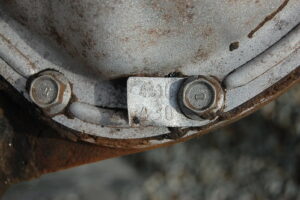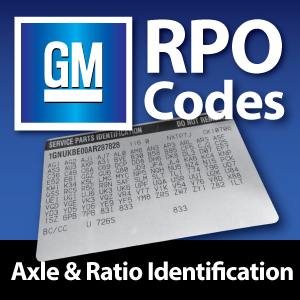You're asking a lot of good questions, and of course you are going to get a lot of answers. I'll throw some of my questions and answers in as well...
What kind of shape is your truck in now? Does it basically run good, or are you dealing with lots of drivability issues? What do you use the truck for, and what do you want to use it for?
As mentioned, you have a 3/4 ton truck without overdrive, so MPG is not as easy to achieve, but at the same time, going from 10-11 up to 14 will be a significant savings on your gas bill. There's ways to get it closer to 20, but its likely going to be out of your league (like it is out of most of ours here). Modern trucks don't get to 20 without some major technology, so there's that. And putting myself in your shoes, there's something to be said about taking a portion of your "MPG" budget and buying a cheap honda you can drive around town, which also gives you a ride when a weekend project on the C20 doesn't get finished before school on Monday. Of course, insurance costs are a factor too. Just something to kick around.
As for more power, there are a number of ways to go, and a lot of it depends on what you have and what the condition is. If you're sitting on a good truck that isn't burning oil etc, then you should leave the bottom end of the engine (including the pistons) alone to save money, but it does limit your compression ratio options. If you are leaking oil and have minimal oil pressure and it's generally worn out, then you are probably needing new pistons anyway and increasing compression is as close to free horsepower as anything at that point. A matched heads/cam/intake system can give you a lot, but again, you have to have some realistic goals defined up front to pick those items together.
The LS swap is something to consider, although it really does open a big can of worms. Even a 4.8 liter (the smallest LS engine) has an extra 100 hp and 50 ft lbs over the stock 350, but will have a significant cost and complexity to install it. Of course, if you are doing all of the proposed engine work yourself, that has a steep learning curve too. But a 4.8l with a modern overdrive transmission is probably going to give you the best MPG potential, all other things held constant. If you know and understand carburetors, great, but shops that can tune a quadrajet are getting fewer. And putting a carb on an LS makes it more complicated, more expensive, and generally does not have as good of driveability as the fuel injection.
To answer another question, the rear gear ratio can be found out from your options code or sometimes on the axle itself. A higher number like 4.11 is called "lower" gears, and is better for take off of "lower speeds". "Higher" gears (which are lower numbers) like 3.23 is better for "higher speeds" like highway cruising. (Note, that is not why they are called that, but it's a good way of remembering it). You can swap rear gears (or whole axle assembly) to get better highway driving, but it will be slower off the line. Or you can gear it to be a stoplight warrior, but highway manners will suffer. In reality it is always a compromise, and there's no single right answer.
"RV Cam" was a type of cam made for motorhomes or trailer pulling. It turns out that getting 10,000 lbs of RV up to speed in a reasonable amount of time uses pretty similar equipment to getting 4,000 lbs of truck up to speed a lot quicker while keeping the ability to tow when needed, so it has been a common choice for many folks over the years.
The secret to doing a car project on a budget is to make sure you only buy parts once, and you buy the right ones. We can help you with that, but it really needs a clear set of goals and plans. Otherwise, you might give a nice tune up on an engine that will only get torn apart, halfway rebuilt, then scrapped in favor of something else that doesn't use any of the parts you just bought. And you'd be amazed how many times all of us have done that exact kind of thing...




